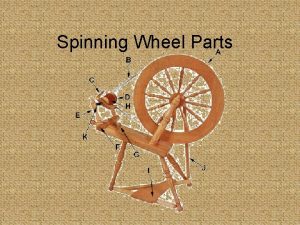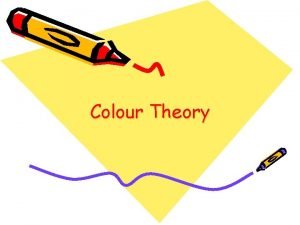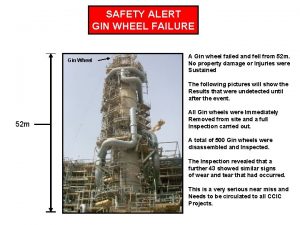Q 1 What are the components of wheel










- Slides: 10

Q 1: What are the components of wheel of consumer analysis?

1. Environment: environment (internal and external outlook) of a store like layout, the width of the aisles, special sale signs on the shelves, the product displays, the lighting, other environmental factors such as the temperature, background music playing etc may have the impact on affect , cognition and behavior.

2. Behavior: consumer is engaged in a large number of behaviors including walking down the aisles, looking at products on the shelves, picking up and examining packages, talking with other customers etc have impact on affect, cognition and environment.

3. Marketing strategies: a firm’s distribution strategy determines whether that product is even present in a particular shelve or not. A variety of pricing strategy and promotion strategies are evident in a supermarket environment

4. Affect and cognition: affect and cognition are different types of psychological responses consumers can have in situations. Affect refers to feeling response, whereas cognition refers of mental thinking.

Q 2: -What are the Levels of consumer analysis? there are 4 levels.

1. Societies: changes in what a society believes and how its members behave can be analyzed with the wheel of consumer analysis. For example, the medical research may have changed attitudes of some consumers about their eating and exercise habits.

2. Industries: the wheel of consumer analysis can be used to analyze the relationships of a company and its competitors with consumers in specific industries. So at the industry level, changes in consumer cognition, affect and behavior can threaten existing products and can also offer opportunities to develop products more consistent with new values and behaviors. Successful marketing strategies depend on analyzing consumer product relationships not only for the company’s products but for those of competitors and creating an advantage over competitive offerings

3. Market segments: the wheel of consumer analysis can be used to analyze groups of consumers who have some similarity in cognition, affect and behavior and environment. Successful firms in an industry usually divide the total market into segments and try to appeal the most strongly to one or more of them. For example, today consumers can find many varieties and styles of shoes for running, bicycling, soccer, basketball and other sports. So Reebok developed a successful marketing strategies to response all those segments properly.

4. Individual consumers: the wheel of consumer analysis can be used to analyze the consumption history, a single purchase (a consumer’s previous purchase history), or some aspect of a purchase for a specific consumer.
 Antigentest åre
Antigentest åre Tire wheel and wheel bearing fundamentals
Tire wheel and wheel bearing fundamentals A slender tool attached in the needle clamp used for sewing
A slender tool attached in the needle clamp used for sewing Chapter 74 ase questions
Chapter 74 ase questions Quá trình desamine hóa có thể tạo ra
Quá trình desamine hóa có thể tạo ra Thế nào là mạng điện lắp đặt kiểu nổi
Thế nào là mạng điện lắp đặt kiểu nổi Sự nuôi và dạy con của hổ
Sự nuôi và dạy con của hổ Các châu lục và đại dương trên thế giới
Các châu lục và đại dương trên thế giới Dot
Dot Thế nào là sự mỏi cơ
Thế nào là sự mỏi cơ Bổ thể
Bổ thể


















